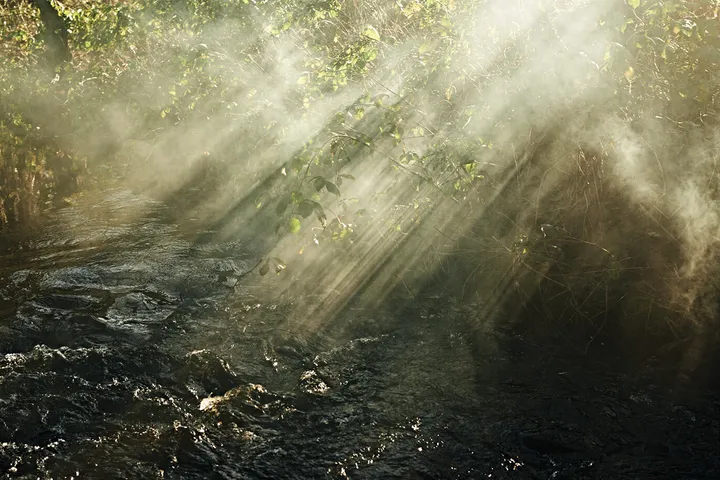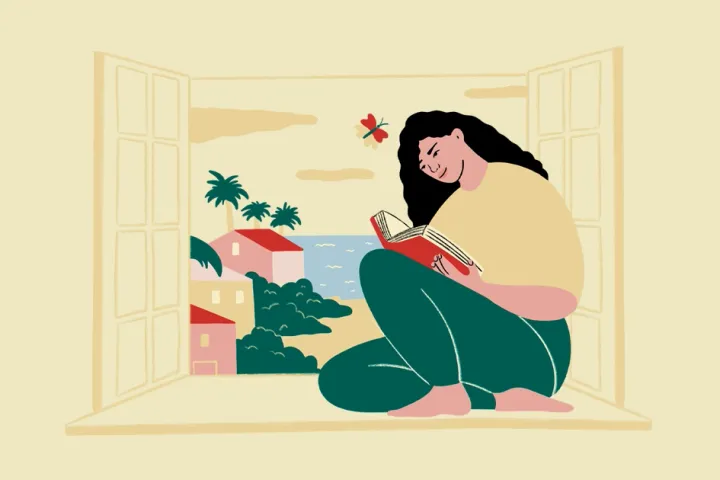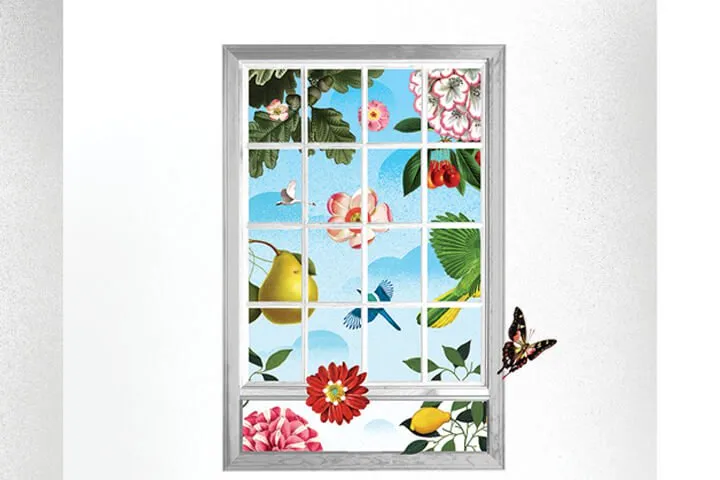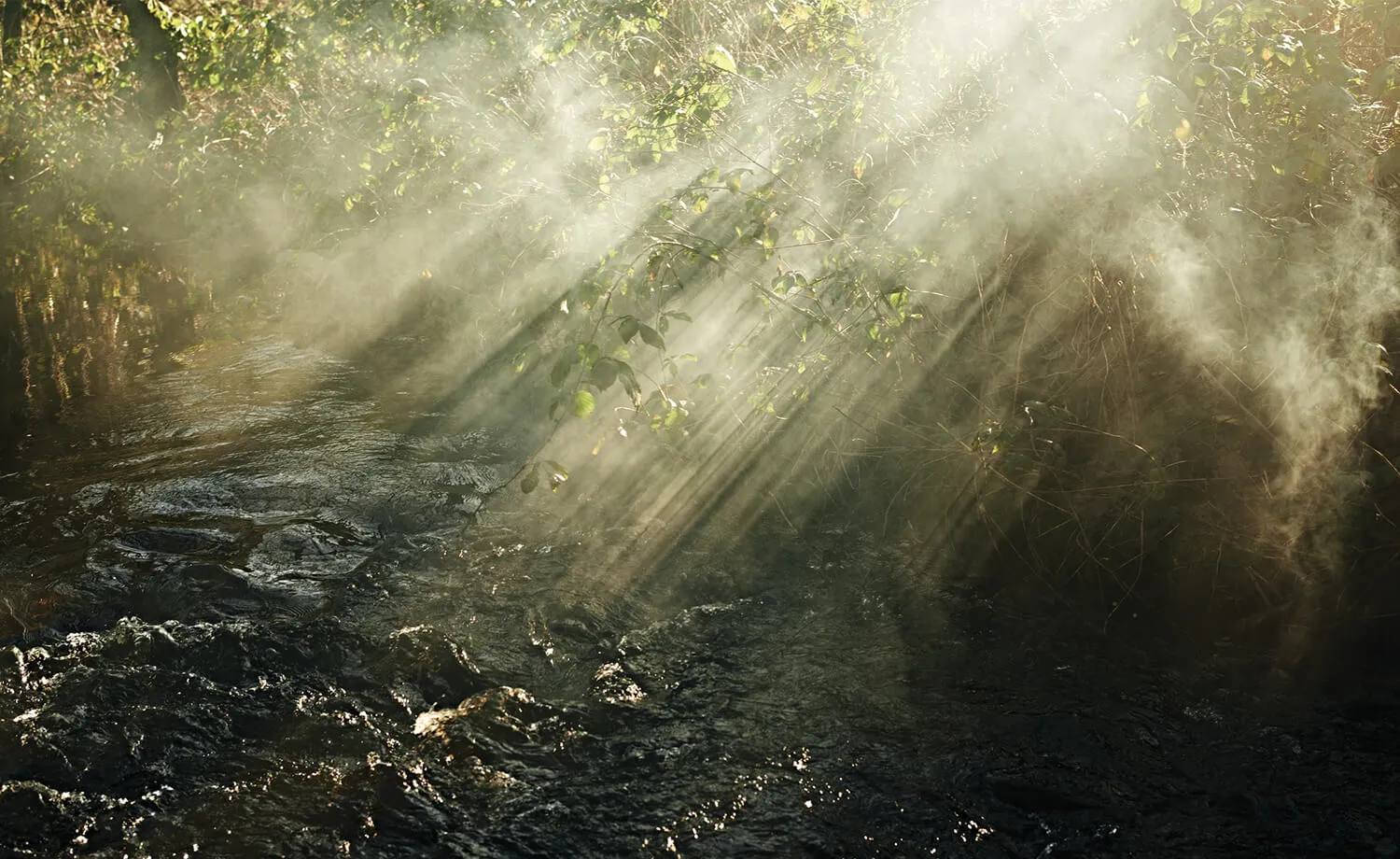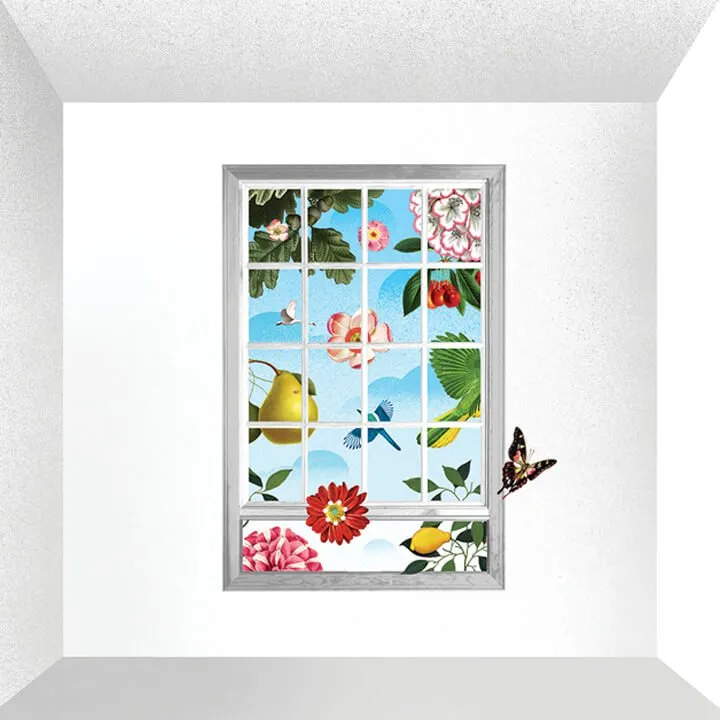When was the last time you created something? Maybe it was a cake for a friend’s birthday, a presentation for work, or a just a fun new pattern of lawnmower lines in the yard. Did you step back and admire your efforts? Did you sense a feeling of fulfillment—even for a moment?
 Illustrations by Tim Peacock
Illustrations by Tim Peacock
The satisfaction and meaning we experience when we make things is not a coincidence. Creativity is part of our DNA, integral to our identity—and our Father’s. Every time we engage our creative impulses, we’re invigorated. Yet between all the to-dos, responsibilities, and distractions of everyday life, most of us lose sight of the God-given instinct to be makers, and instead we become purely consumers.
Culture seduces us with the promise of wealth, fulfillment, and acceptance found in busyness and overwork, alongside the endless dopamine loop of social media. It’s almost impossible to withstand the barrage of distractions keeping us from remembering just how much joy there is in making something. How would life be different if we reclaimed our identity as creative beings made in God’s image? What kind of refreshed, radiant, confident people could we become?
Before you groan and click away to the next distraction—or your brain offers up the excuse that you’ve never been artistic, so why try now?—let’s define creativity. In the simplest terms, it is “the use of the imagination or original ideas.” And that’s very good news because it means we don’t have to be an artist by trade or even by hobby to engage our imagination in fresh ways.
You are creative if you’ve ever:
• Solved a problem.
• Won an imaginary argument in your head.
• Daydreamed.
• Tweaked a recipe.
• Fixed a leaky faucet.
• Written a thoughtful card.
• Planted a garden.
• Built a table.
• Successfully navigated change.
Perhaps you’re beginning to warm to the idea but are still hesitant—that’s okay. We put together this guide to address your concerns and help awaken those dormant impulses. The creative muscle is one that too few of us engage, let alone strengthen, but using it well has the power to deepen our relationship with God and refresh our spirit. Our goal is not to turn you into a professional artist but to help revive your God-given inclination to create—and (even more importantly) reveal just how much you reflect your heavenly Father in the process.
“Creativity isn’t important to me.”
If we want to be more like Jesus, a creative mind is essential. The Bible tells us that God’s invisible attributes are clearly seen in things He has made (Rom. 1:20). That’s why creative activities are more than mere vanity projects or time fillers. To fashion something is to become more like the One who crafted a world out of His own endless curiosity, whimsy, diversity, and genius.
Engage creativity as a spiritual practice. Closely observing the natural world God designed is an excellent way to understand our own creativity. Consider beetles, for instance. True, they’re an essential part of the ecosystem, but did you know 350,000 different kinds have been identified? They come in a seemingly endless variety of shapes, colors, and patterns. Some are so small they’re barely visible, while others—like the titan beetle—can be almost seven inches long! And this is only one creature on the planet we call home.
God gave octopuses the ability to change their skin’s color, brightness, contrast, and pattern in as little as 200 milliseconds—as fast as we can blink. He made peregrine falcons that can fly more than 240 miles per hour and sloths that move so slowly they become a habitat for other organisms like algae. Rather than just let leaves fall to the ground unceremoniously as winter approaches, He makes them turn a riot of reds, yellows, and oranges that visually delight us year after year. And when they do fall, they become fascinating crunchy piles kids can’t resist flinging themselves into.
What examples from the natural world captivate you? Perhaps these things that we can see, smell, taste, and touch are a good way to start exploring and homing in on your own creative impulses.
God also gave us the gift of imagination, an ability to see things beyond the tangible world. And this skill can be used as a type of spiritual practice. Consider imaginative prayer, for instance. This is a form of prayer in which you picture yourself in a biblical scene with the aim of encountering Christ through the story and knowing Him in a more intimate, fulfilling way. Try it with the following example:
Read Mark 5, the passage where Jesus heals Jairus’s daughter. Imagine you are an observer present in this scene, or picture yourself there as Jairus or his little girl. How would you react to Jesus? What would you think, feel, or say as this miracle unfolds? Tell the Lord all the the things that are in your heart, and thank Him for His lovingkindness to the people in that moment and to you today.
“I’m not creative.”
In the beginning, we were makers. We built LEGO® masterpieces. We drew crayon portraits of our pets smiling. We made model airplanes. We invented games with the neighborhood kids on summer nights, played school, and hosted whimsical tea parties for our younger siblings on rainy days. We crafted mud pies, elaborate bedtime stories, and imaginary lives for our action figures.
All this was possible because we’re made in the image of the ultimate Creator. But somewhere in the years between childhood and adulthood, many of us have lost the uninhibited freedom of creative expression.
In his book Art and Faith, Makoto Fujimura asserts that “art is fundamental to the human search for deeper understanding.” Notice that he didn’t limit it to a select group of people. Art helps us all know ourselves, the world, and God better. Yes, an oil painting, a musical score, or a sculpture can certainly teach us something of the divine, but they aren’t the only options. Needlework, a piece of handcrafted furniture, upcycled items, a flourishing garden, a thoughtfully arranged space, and a joyous impromptu dance party can all be considered forms of art.
Consider how art has already formed you. Do an art audit of your life to date, using the following questions:
What did you enjoy doing as a kid? What made you lose track of time? What felt fun and free?
Did you once love something you might now consider “childish,” such as comic books, origami, model trains, or a particular genre of music?
Now that you’re older, is there another art form you’ve been drawn to?
Can you remember a time when you found someone’s creation interesting, artistic, or attention grabbing? Why did it capture you? What did it make you feel?
Now, with these answers in mind, try to recapture your childhood creativity: What’s something you were passionate about then that you might enjoy creating now? Maybe making model airplanes or icing cookies would still be fun. If not, consider whether you can do a grown-up version instead. If you loved to play dress-up, you might try diving through your closet to make new outfit combinations. If you enjoyed strategizing on the baseball field, see if you can join a recreational league. Remember, you don’t have to try to be a creative person—you already are.

Give yourself permission to play. In her book The Artist’s Way, Author Julia Cameron writes, “Your artist is a child.” She recommends fueling one’s creativity with an “artist date” by regularly setting aside a block of time to connect with your creativity. Cameron’s examples include visiting an aquarium, watching an old film, taking a solitary hike in an area of natural beauty, listening to live gospel music, or visiting an art supply or woodworking store.
The goal of an artist date is to use something outside of your everyday experiences to wake up the parts of yourself God made to play. When God created, He wasn’t strictly utilitarian and practical—there are too many magnificent things in the universe to make that claim. He cares about beauty and about stirring our senses. That’s why He gave thought to the feel of water on the skin, the varied tastes of salty and sweet, and the sound of wind whistling through the trees. It’s not a stretch to believe that when God created seahorses, flamingoes, and elephants, He was deeply engaged in play. An artist date is an invitation to have fun the same way our heavenly Father does.
“I don’t have time.”
Most of us consume significantly more than we create, endlessly scrolling on our phones or watching TV, which has been proven to negatively affect our health. Psychologist and art therapist Dr. Cathy Malchiodi reviewed a wide variety of existing literature and research on the subject. She asserts that “creative self-expression and exposure to the arts have wide-ranging effects on not only cognitive and psychosocial health, but also physical conditions such as Parkinson’s disease, various forms of dementia and cancer.” In other words, creating is good for us—mentally, physically, emotionally, and spiritually—in a way that passive viewing is not. What do we lose by letting this part of us lie dormant?
If you decide that creativity is something you want to prioritize but you’re unsure where to fit it into your schedule, consider using some time management techniques:
For one week, track how you spend your time (and try not to judge the results). What parts of your schedule are you proud of? Are there any pockets of time that could be more life-giving?
Switch one activity of consumption to an activity of creation. For example, instead of watching someone decorate a room on tv, refresh a corner of your own space with things you already own—like changing out picture frames or bringing in flowers from outside. Or, think of ways to combine constructiveness with your viewing—such as by knitting, creating a moodboard, sketching, or repairing something.
Add a creativity to a task already in your schedule. For example, take a walk while waiting at the park for your child’s soccer practice to end. Or, instead of brewing a regular cup of coffee, become your own barista and make a fun beverage.
Remember, the goal is not just to make time for another task, but to make space for creativity to flourish.
“I don’t know where to start.”
It’s normal to feel stuck before you even get going. After all, it can take a while for new habits to stick. Here’s some final advice to encourage you:
Answer one question—any question—posed in this guide. Answer it honestly and take a single step based on what you discover. Creativity awakens slowly, so there’s no rush. Be generous and kind to this forgotten part of yourself, and soon you’ll find it feels natural to create.
Follow your curiosity. Eric Hollenbeck, a craftsman who preserves and restores woodwork, says, “I get fed by satisfying my own curiosity.” What are you curious about? What might your intrigue lead you to create? Remember that no area of life is off limits.
Take a moment to pray. Each day, you can use this prayer or let it inspire one in your own words: God, I want to embrace the creative impulse inside me, but I need help incorporating it into my life. Give me wisdom so I may know that playful side of You and of myself. In Jesus’ name, amen.
At first glance, the act of creating might not seem as important as a habit like reading our Bibles or praying. But the truth is that without it, we don’t have a full understanding of God’s character or ourselves. Like a parent who takes joy in watching a busy, fascinated child, God is delighted when we experiment with all He has made. And every time we dream, reconfigure, or restore, we draw nearer to Him.
